Brand Extension to Maximise Brand Image
Brand extension is an influential marketing strategy and introduces the new product category to the customers within a short period of time and with very fewer efforts. Brand extension is also called brand stretching in which products in a different category are promoted by using existed brand name and through transferring the existed brand image.
Brand extension involves using an existing brand name in order to promote a new product or a service in a different category. It is a successful branding strategy to enter into a different product category with low promotional costs and high success rate.
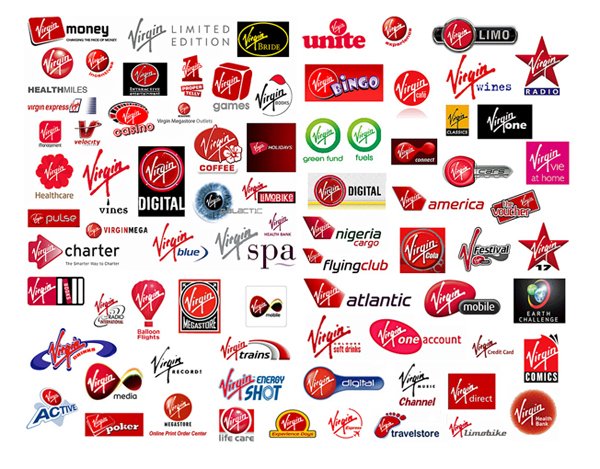
Launching a new product and getting success is a major challenge to the organizations, here marketers need to invest efforts, money and time to promote the new products and services, even though they may not create sales due to the customer’s perception towards new products.
Types of Brand Extension
Brand extension can be done through various marketing strategies to create sales for the new product lines and new product categories.
There are various dimensions to measure the fit of brand extension which involve complement, substitute, and transfer.
Here customers buy two product classes i.e. parent brand products and extension products in order to satisfy their specific needs in the case of complementary products. In the case of substitutes, customers buy similar products which have the same user situation in order to satisfy their similar needs. So the products can be replaced or used in addition to creating value for the other products. The third measure transfer describes the relationship between the firm’s perceived ability and extension products.
Various types of brand extension strategies
Same products in a different form
This is one of the simplest and best strategies of brand extension which involves offering the products by changing its form. This strategy can create sales because customers like to buy known products. For example, frozen products can be offered in the form of shelf-stable products (i.e. at room temperature) and fruit juices can be offered in the form of jellies or bars with the same flavor and color.
Expertise
This is one of the successful types of leverage in which marketers offer new category products where they have special knowledge, expertise, and experience. The brand image of the existed product passes to the product extensions and these can create a positive impact in the minds of the customers and helps in creating sales.
Samsung is expertise in producing electronic goods, so it is offering various categories of products such as mobiles, laptops, refrigerators, computer monitors, and Samsung Galaxy camera etc.
Gillette deals with grooming and personal care products for man, here also the expertise of Gillette made it successful in brand extension by producing various category products such as Gillette Razors, Gillette shave gels, Gillette deodorants, Gillette shampoo and Gillette face wash etc.
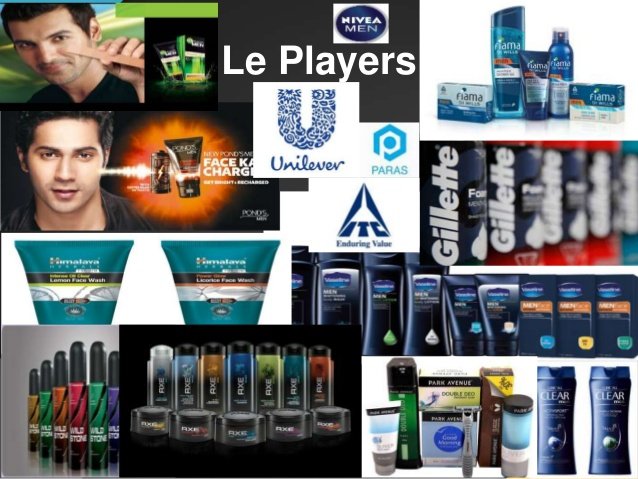
Distinctive taste, ingredients, and components in the new products
It is an alternative solution to the brand extension instead of changing its form offering products with a distinctive taste, ingredients and component result in different category products and these can create sales.
Examples
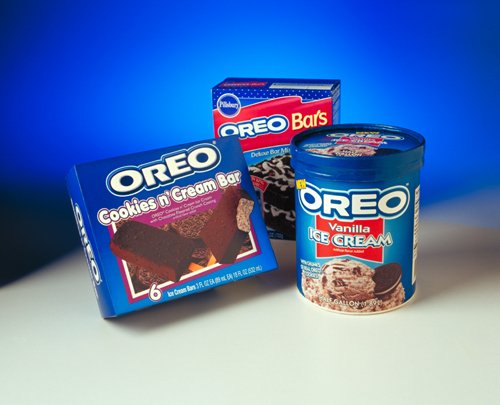
- Oreo cakes, Oreo cookies, and Oreo ice creams
- Nescafe coffee, Nescafe chocolates, Nescafe Biscuits, and Nescafe cold coffee etc.
Complementary products
Complementary products are companion products these products can create value to the other products related to the different category. So the customers buy both products in order to create value to these products. So the marketers can extend their brands by producing complementary products.
Examples
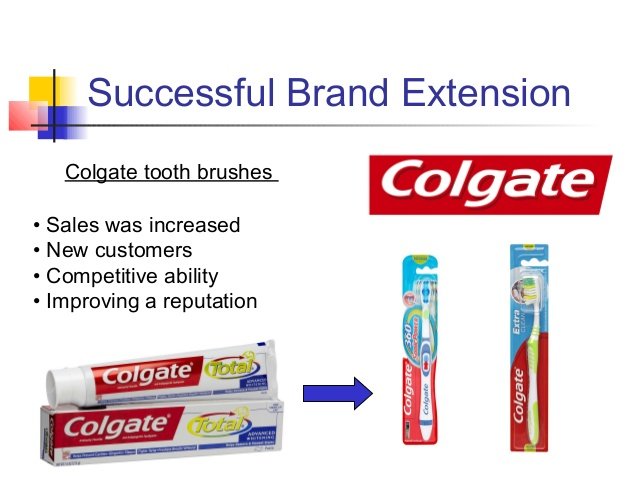
- Colgate paste and Colgate brush
- Kodak batteries and Kodak cameras
- Dura cells and Dura beam flashlights
Same customer Franchise
Customer franchise refers to the passing product’s image and the perceived value of the product to the new category products in the minds of the target customers and it is a strategy to leverage the customer franchise.
This strategy is suitable to the marketers those who have the loyal customers to their products. Here marketers put their efforts to create sales to other products by offering these new products to the existed customers of a particular product.
Examples
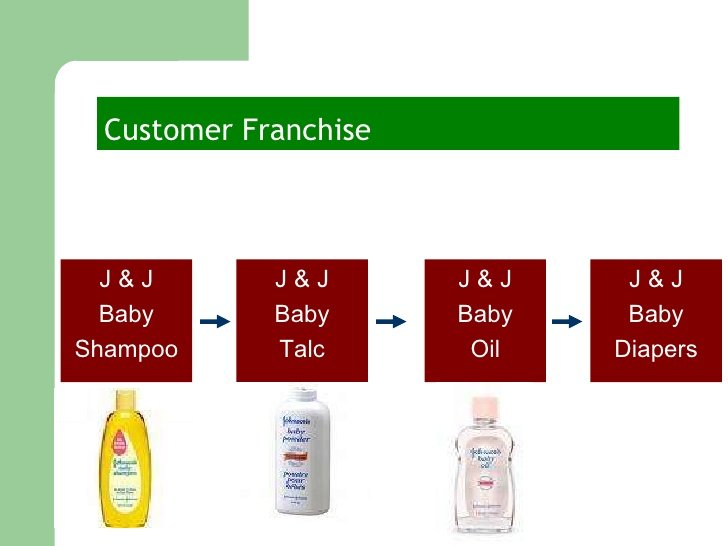
- Johnson & johnson baby oil, baby cream, baby lotion, and baby powder, etc
- Himalaya soaps and Himalaya shampoos
Benefits owned
All most all brand extensions leverage an extent of perceived customer benefit, when customers think about a particular brand then they perceive the benefits associated with that brand. However, most of the brands offer products extensions with the benefits owned by the parent product.
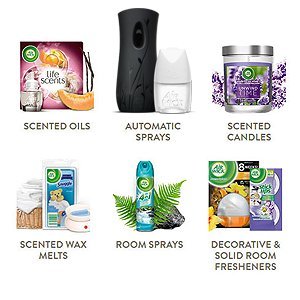
Examples
- Harpic power plus, Harpic plus bleach, and Harpic flushmatic etc.
- Glade air fresheners, candles, sprays, scented oils, and gels, etc.
Advantages of brand extensions
- To increase the product line and product mix
- To create brand image
- To maximize the customer’s perceived value towards brands
- To occupy the market share
- To meet the benefits of the economies of scale
- To enhance the parent brand image
- To occupy the new market segments
- For better market positioning
- To make the customers purchase and repurchase the same brand’s products
- To gain the competitive advantage
- To face the severe competition
- To create positive attitude in the target customer’s mind towards brand
- To reduce the efforts, money and time while promoting new products
- To get rid of the customer confusions about brands
Disadvantages of brand extensions
- Unsuccessful brand extensions can dilute the parent brand image
- Lack of similarity, quality, familiarity and inconsistency can disturb the image of the entire brand family
- A single mistake while extension can disturb the brand image
- Unsuccessful brand strategies can create negatively perceived value towards brands in the minds of the loyal customers also
- Increase in brand extensions may lead to customer confusions due to over information
- Some brand extensions can succeed but these can show negative impact on the parent brand




